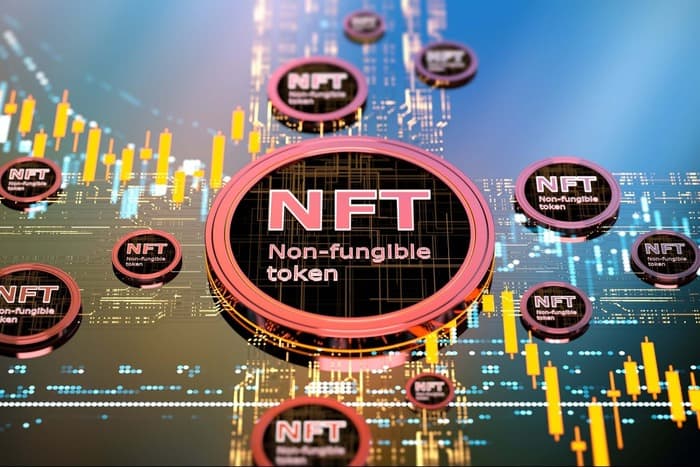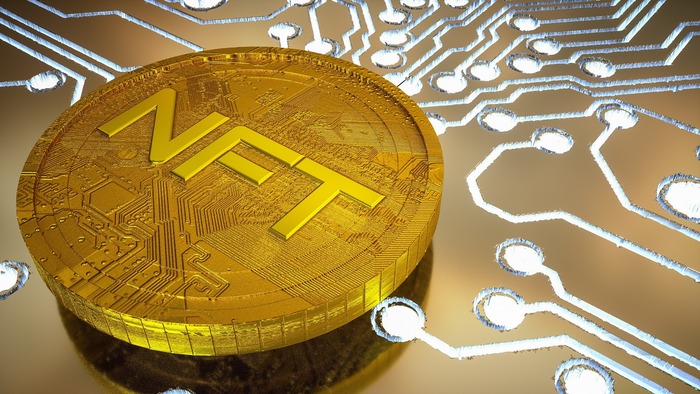Non-Fungible Tokens, or NFTs, have been making headlines in recent years for their potential to revolutionize the way we buy and sell art. They have been used to sell everything from memes to digital artwork, and their impact on the art world is undeniable.
Impact of NFTs on Art Sales
NFTs are changing the art industry by offering a new way to collect, buy, and sell art. They offer benefits such as increased accessibility, improved authenticity and provenance, increased profitability, and decentralization. You can visit pelnft.com website to see how you can buy the whole artwork or some pieces of the art. There is no need to spend millions when you can be one of the authentic owners with little investment. Here are some major ways NFTs are revolutionizing modern art.

Authenticity and Provenance
One of the main benefits of using NFTs to sell art is the ability to provide proof of ownership and authenticity. In traditional art sales, provenance (the history of ownership and authenticity of a work of art) is often difficult to verify.
Each transaction is recorded on the blockchain, providing a transparent and immutable record of ownership. This makes it easier to verify the authenticity of an artwork, which is essential in the art world.
Accessibility
Another advantage of using NFTs to sell art is the increased accessibility they provide. In the traditional art market, there are often barriers to entry for new artists or collectors. The cost of physical galleries and the high fees charged by auction houses can make it difficult for emerging artists to gain exposure or for new collectors to acquire pieces they love.
Artists can pitch their amazing work directly to collectors on decentralized marketplaces, and collectors can purchase works of art from anywhere in the world without the need for a physical location.
Increased Profitability
NFTs can also be incredibly profitable for artists, especially when compared to the traditional art market. In the traditional market, artists often only receive a fraction of the sale price of their work, with the rest going to galleries, dealers, and auction houses.
With NFTs, artists can sell their work directly to collectors, eliminating the middlemen and keeping a larger portion of the profits. Additionally, because NFTs are unique and verified on the blockchain, they can appreciate in value over time, providing artists with the opportunity for long-term profitability.

Decentralization
Finally, the decentralized nature of NFTs has the potential to revolutionize the art world by giving power back to artists and collectors. In the traditional art market, power is often concentrated in the hands of a select few galleries, dealers, and auction houses.
With NFTs, however, artists and collectors can interact directly without the need for intermediaries. This has the potential to create a more democratic and inclusive art market, where artists have more control over their work and collectors have access to a wider range of art.
Conclusion
While there are still challenges to be addressed but it is clear that NFTs have the potential to revolutionize the way we buy and sell art. Whether you are an artist, collector, or art lover, it is worth paying attention to this exciting and rapidly-evolving space.